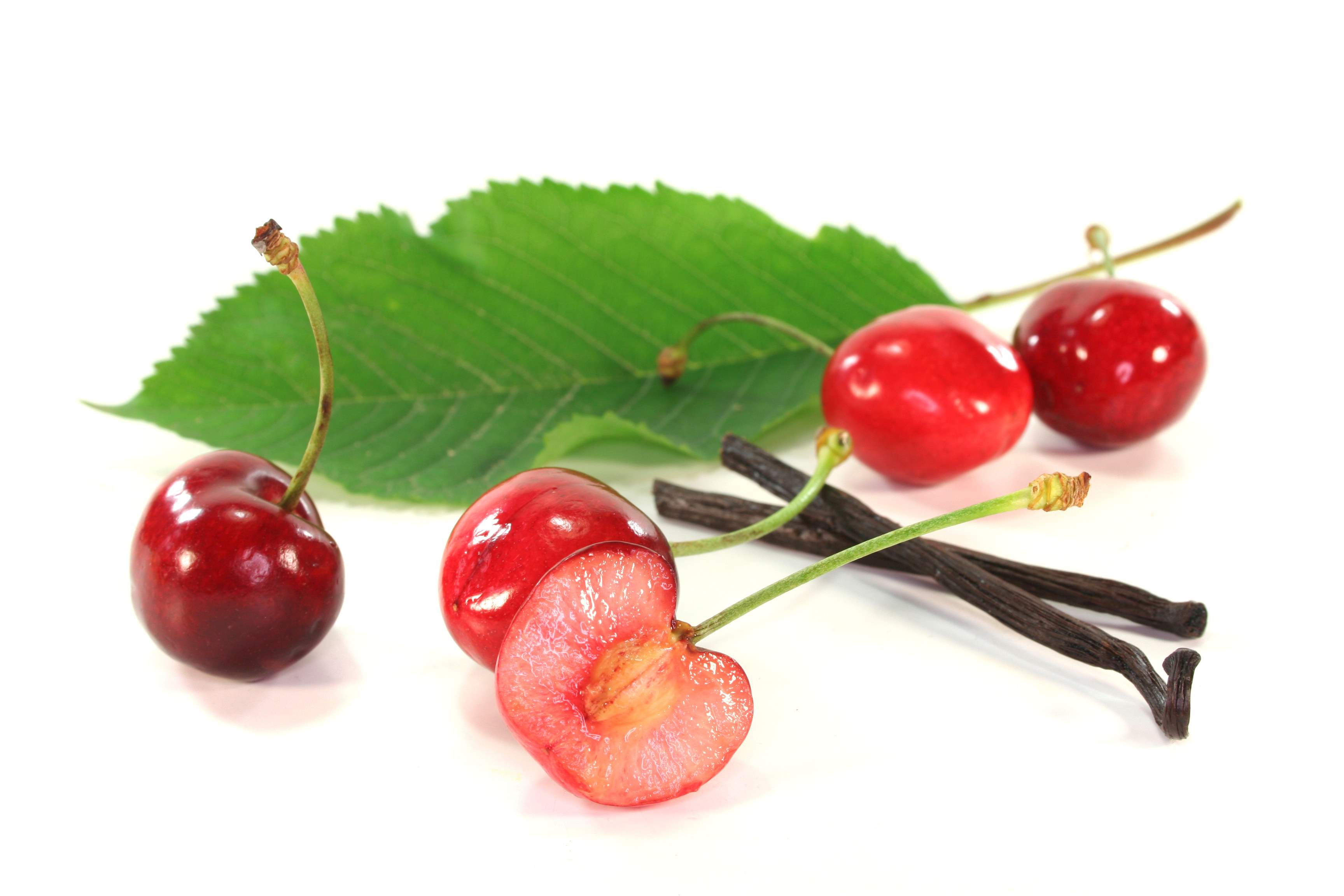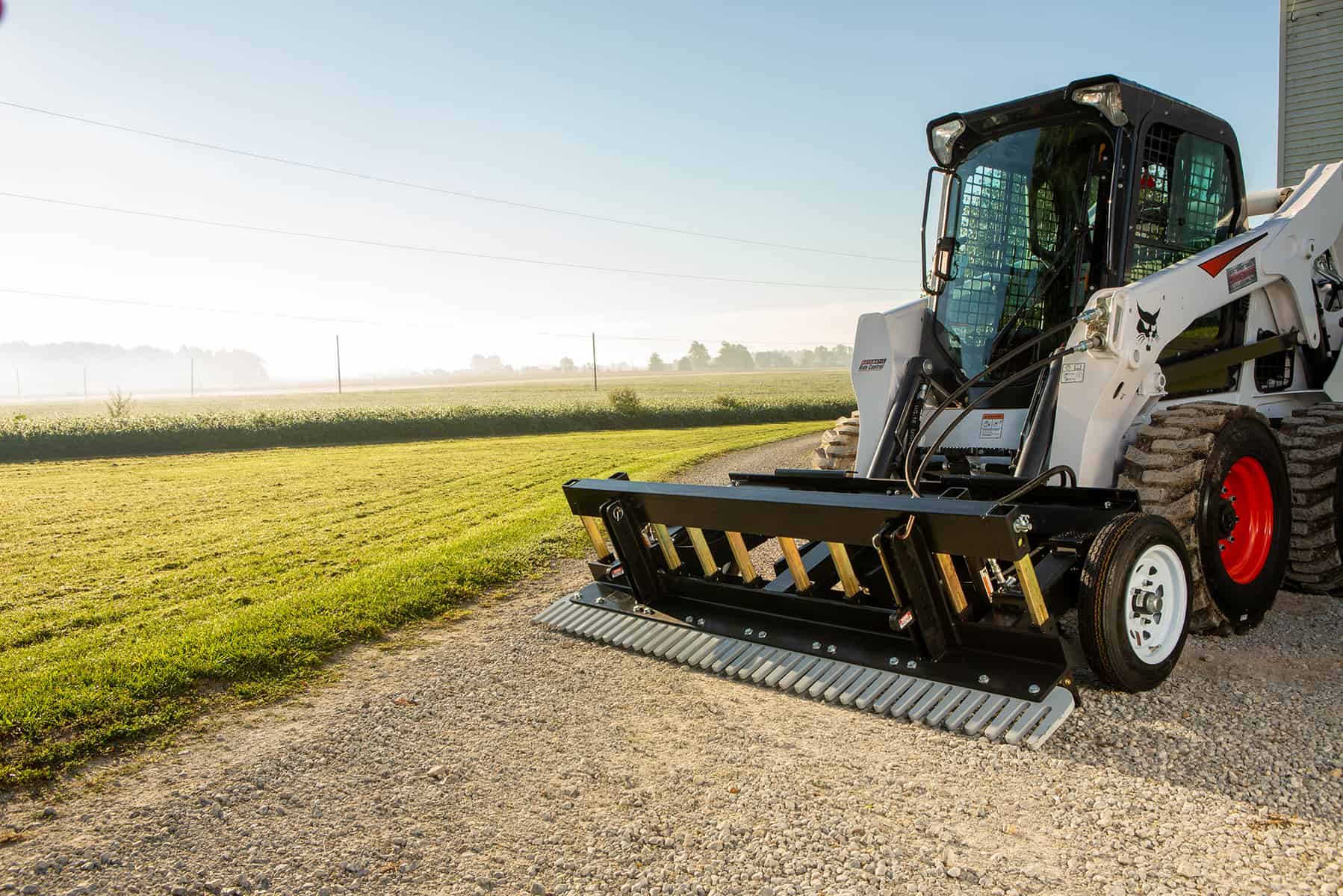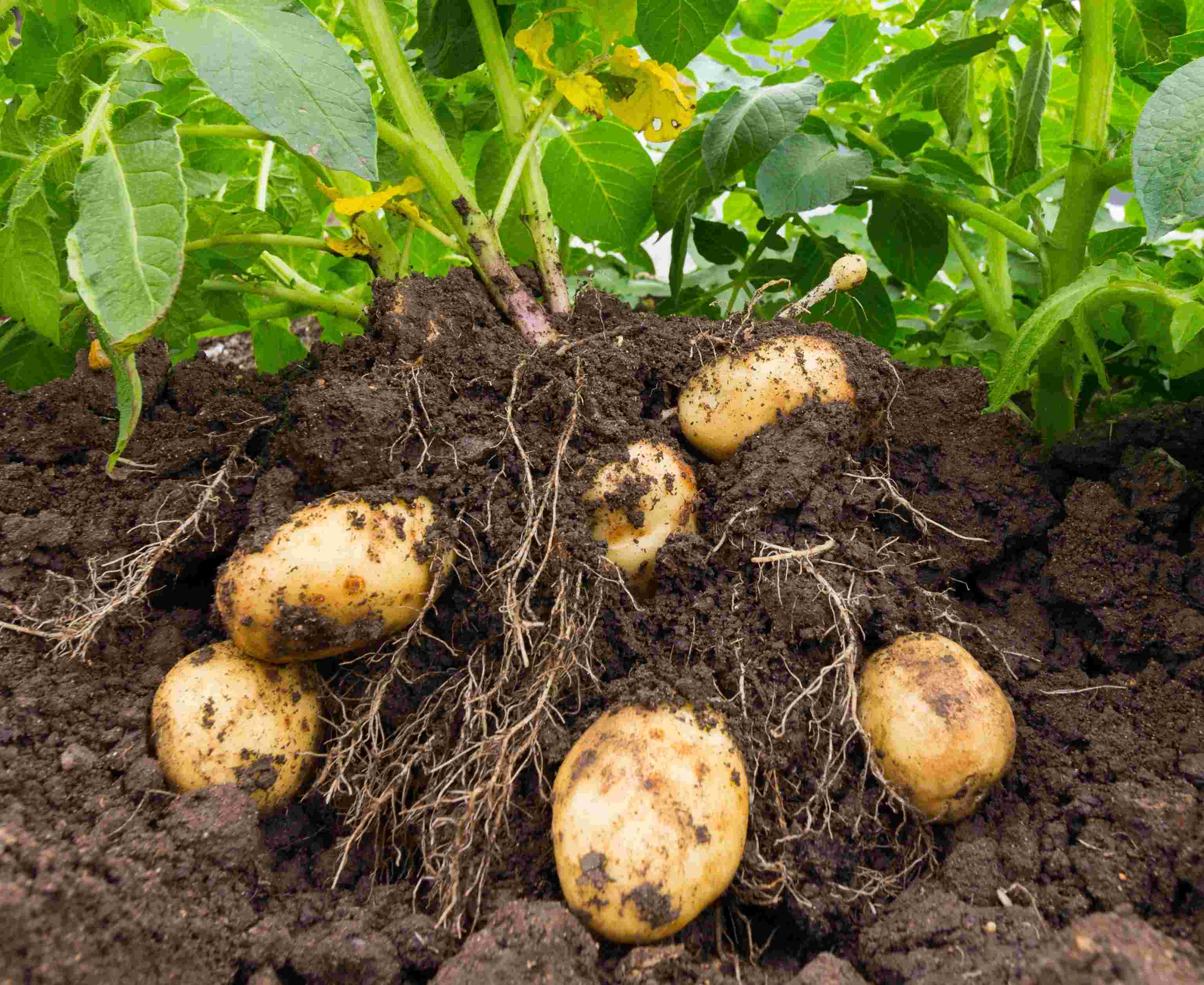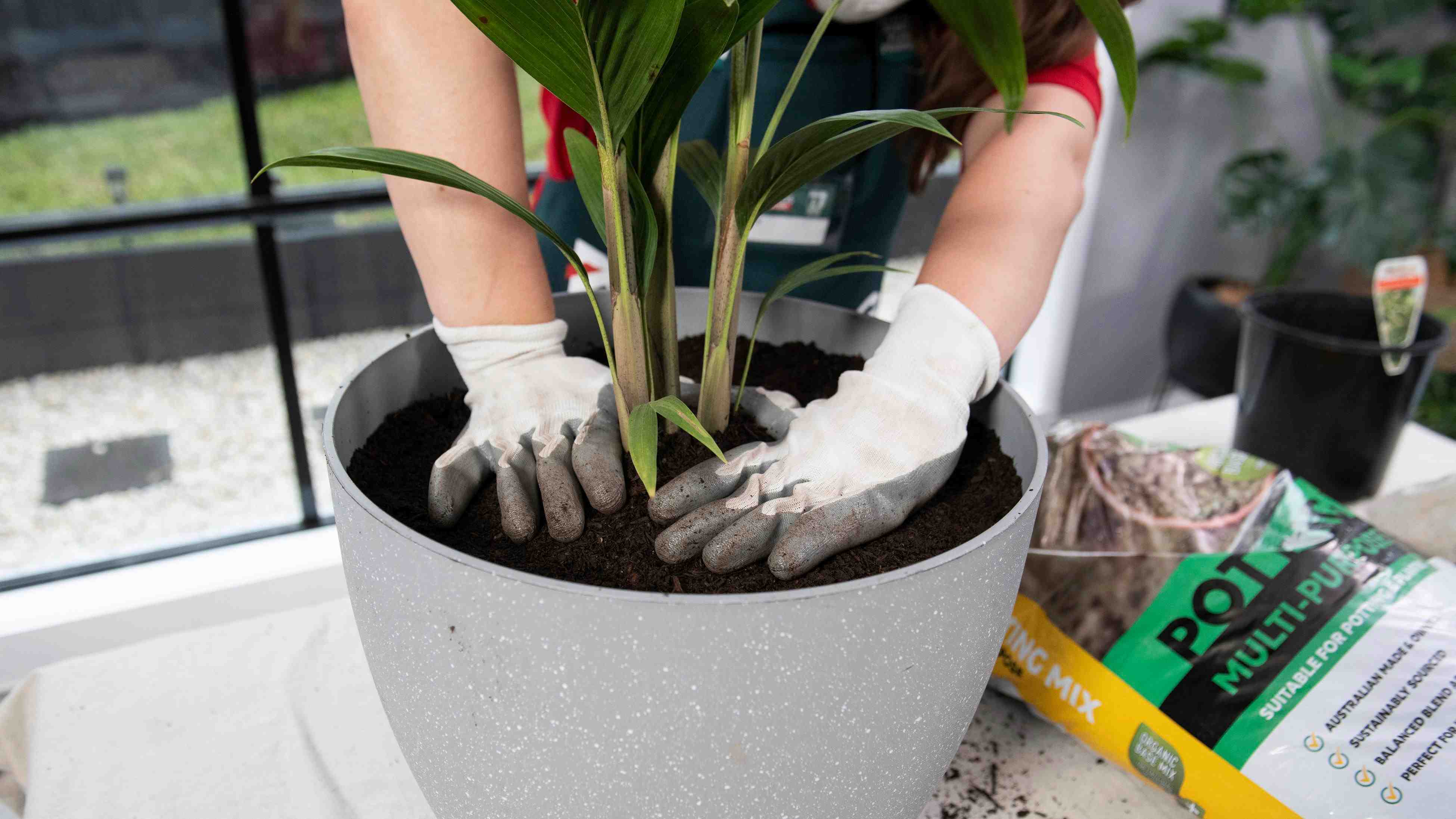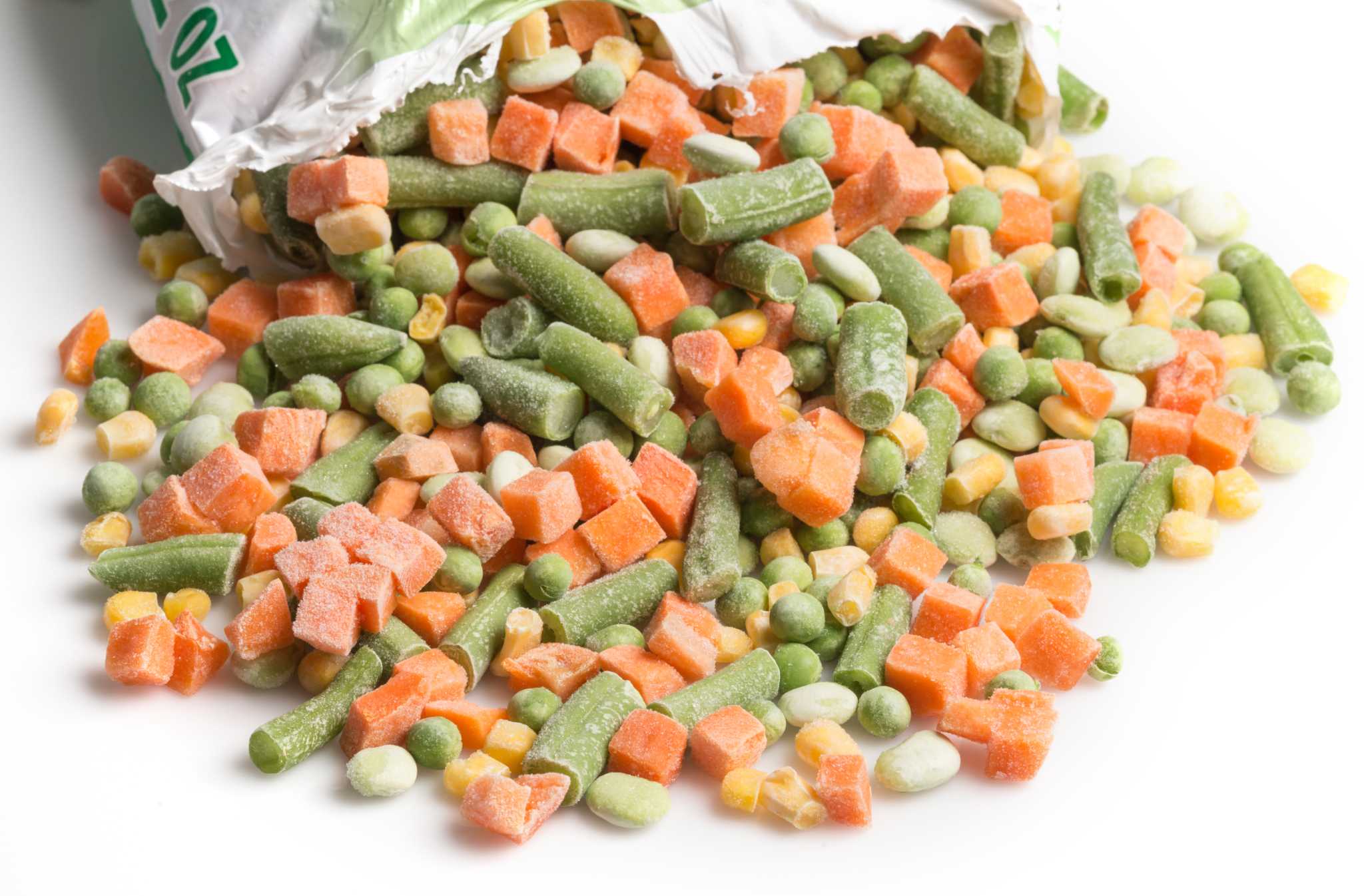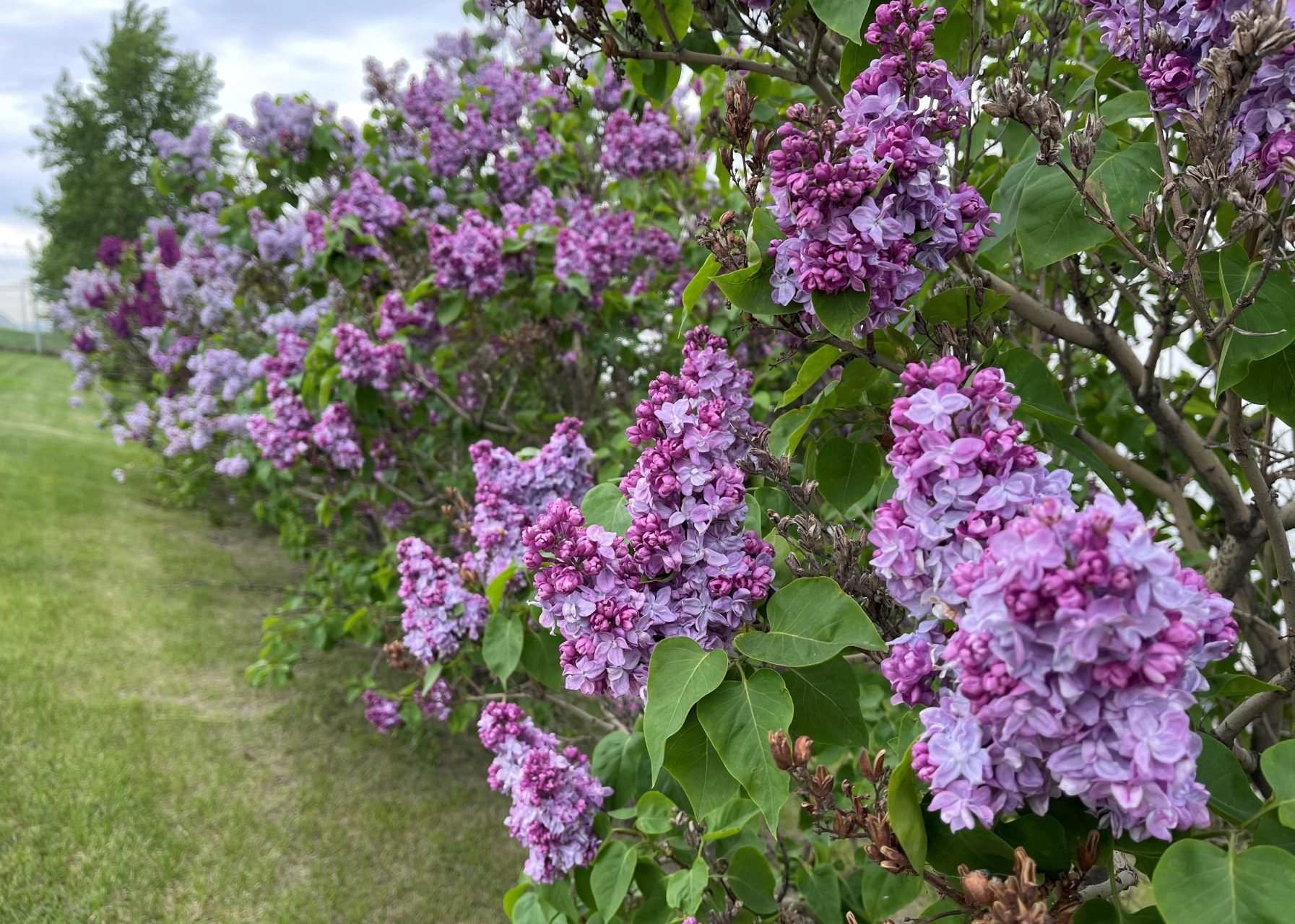Home>Gardening Tips and Tricks>Problem Solving>How To Prepare Flax Seeds
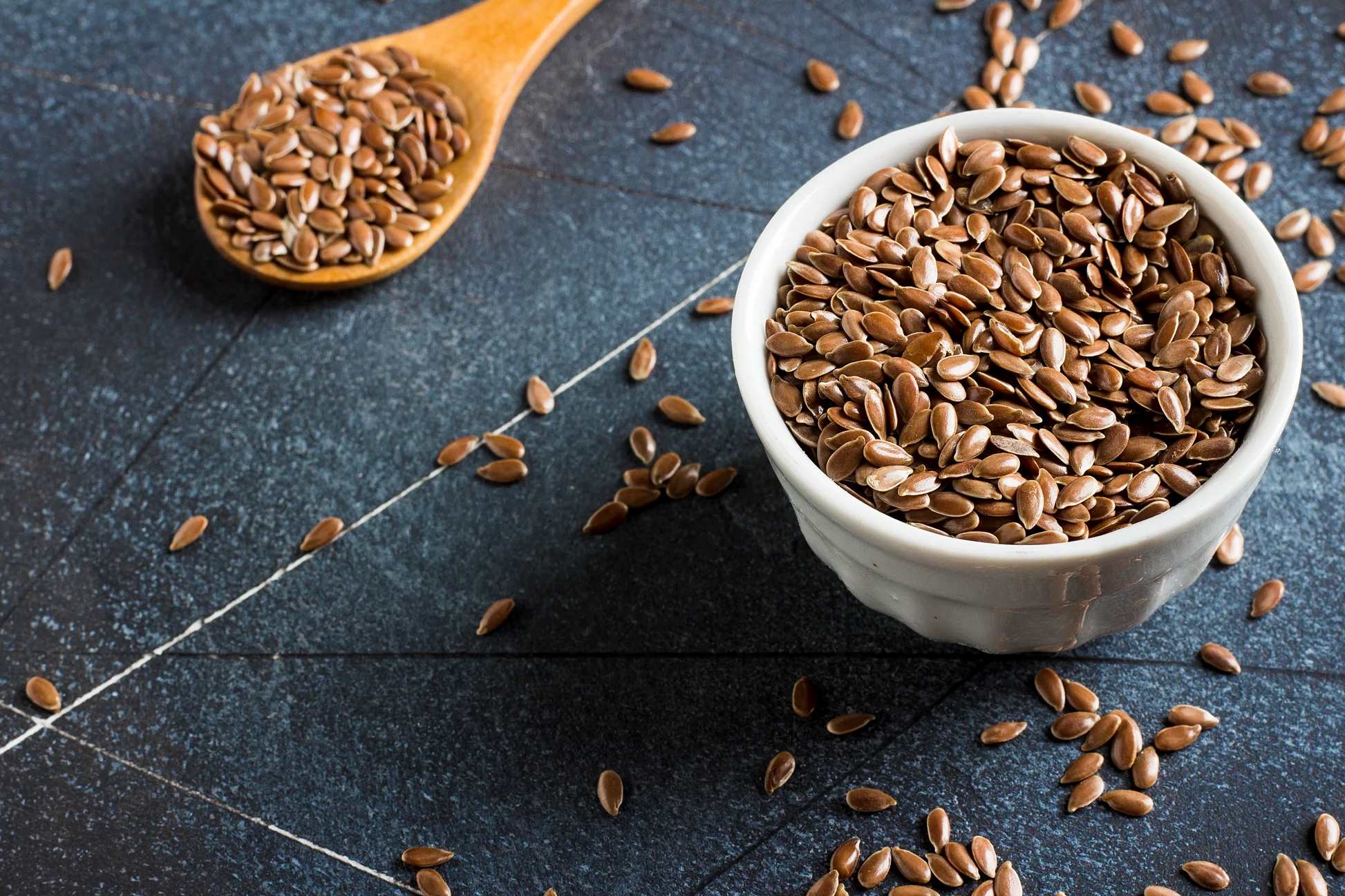

Problem Solving
How To Prepare Flax Seeds
Modified: January 22, 2024
Learn how to solve problems with preparing flax seeds in this comprehensive guide. Discover tips, techniques, and recipes for incorporating flax seeds into your daily diet.
(Many of the links in this article redirect to a specific reviewed product. Your purchase of these products through affiliate links helps to generate commission for Chicagolandgardening.com, at no extra cost. Learn more)
Table of Contents
Introduction
Welcome to this comprehensive guide on how to prepare flax seeds! Flax seeds, also known as linseeds, are small, nutrient-packed powerhouses that offer a plethora of health benefits. These tiny seeds are rich in omega-3 fatty acids, fiber, antioxidants, and lignans, making them a valuable addition to a healthy diet.
Flax seeds have been cultivated for thousands of years and were used for both culinary and medicinal purposes. In recent years, they have gained popularity due to their numerous health benefits. Incorporating flax seeds into your daily routine can support heart health, improve digestive function, promote healthy skin, and even help in managing weight.
Before you can fully reap the benefits of flax seeds, it’s important to know how to properly purchase, store, and prepare them. In this guide, we will walk you through the steps to ensure you get the most out of your flax seeds.
Whether you’re a seasoned flax seed enthusiast or just starting to explore its potential, this guide will provide you with practical tips and techniques to incorporate flax seeds into your daily routine. From cleaning and grinding to incorporating them into a variety of recipes, we’ll cover it all.
Join us as we dive into the world of flax seeds and discover the many ways they can elevate your health and wellness. Let’s get started!
Health Benefits of Flax Seeds
Flax seeds offer a myriad of health benefits that make them a valuable addition to any diet. Here are some of the key benefits of incorporating flax seeds into your daily routine:
- Rich in Omega-3 Fatty Acids: Flax seeds are one of the best plant-based sources of omega-3 fatty acids, which are essential for brain health, reducing inflammation, and supporting heart health. Adding flax seeds to your diet can help increase your intake of these beneficial fats.
- High in Fiber: Flax seeds are an excellent source of dietary fiber. Just two tablespoons of flax seeds contain approximately six grams of fiber. Adequate fiber intake is essential for healthy digestion, promoting regular bowel movements, and preventing constipation.
- Packed with Antioxidants: Flax seeds are rich in antioxidants, which help protect the body against free radicals and oxidative stress. These antioxidants play a crucial role in reducing the risk of chronic diseases, including heart disease and certain types of cancer.
- Abundant in Lignans: Flax seeds contain high levels of lignans, a type of phytoestrogen with potential health benefits. Lignans have been studied for their anti-cancer properties and their ability to balance hormone levels in the body.
- Supports Digestive Health: The high fiber content in flax seeds promotes healthy digestion by adding bulk to the stool and supporting regular bowel movements. Additionally, flax seeds contain mucilage, a gel-forming fiber that can help soothe digestive discomfort.
- May Help Lower Cholesterol: Several studies have shown that incorporating flax seeds into the diet can help reduce cholesterol levels, specifically LDL (bad) cholesterol. This cholesterol-lowering effect is attributed to the high fiber and omega-3 content of flax seeds.
These are just a few of the many health benefits that flax seeds offer. By including them in your diet, you can nourish your body with essential nutrients and support overall health and well-being.
Purchasing and Storing Flax Seeds
When it comes to purchasing and storing flax seeds, there are a few key considerations to keep in mind to ensure their freshness and quality:
Purchasing:
- Look for whole flax seeds rather than pre-ground flax seeds. Whole seeds have a longer shelf life and retain their nutritional value better.
- Choose organic flax seeds whenever possible to avoid exposure to pesticides and harmful chemicals.
- Ensure that the flax seeds are stored in airtight packaging to maintain their freshness and prevent spoilage.
Storing:
- Flax seeds should be stored in a cool, dry place away from direct sunlight. A pantry or cupboard is an ideal location.
- Consider storing flax seeds in airtight containers, such as glass jars or resealable bags, to protect them from moisture and air exposure.
- Refrigerating or freezing flax seeds can extend their shelf life. If you choose to refrigerate or freeze them, ensure they are stored in airtight containers to prevent moisture absorption and retain their nutritional value.
- Label the storage container with the date of purchase to keep track of their freshness.
It’s important to note that flax seeds have a limited shelf life due to their high oil content. To ensure their freshness and prevent rancidity, it’s advisable to purchase flax seeds in small quantities and consume them within a few months.
By following these guidelines for purchasing and storing flax seeds, you can ensure that they maintain their freshness and nutritional potency, ready to be incorporated into your favorite recipes.
Cleaning and Preparing Flax Seeds
Before using flax seeds in your recipes, it’s important to clean and prepare them properly. Follow these steps to ensure that your flax seeds are clean and ready to use:
- Inspect the Seeds: Start by visually inspecting the flax seeds for any impurities or debris. Remove any damaged or discolored seeds, as they may affect the overall quality and taste.
- Rinse the Seeds: Rinse the flax seeds thoroughly under cold running water to remove any surface dirt or impurities. Use a fine-mesh strainer or colander to ensure that the seeds are thoroughly cleaned.
- Dry the Seeds: After rinsing, spread the flax seeds evenly on a clean kitchen towel or paper towel to dry. Pat them gently with another towel to remove excess moisture. Make sure the seeds are completely dry before moving on to the next step.
- Separate the Chaff: Flax seeds have a thin papery hull or chaff that surrounds the kernel. To remove this outer layer, you can use a simple technique called winnowing. Hold a handful of flax seeds and gently blow on them or lightly toss them in the air. The lighter chaff will blow away, leaving behind the clean, edible flax seeds.
- Store or Grind: Once the flax seeds are cleaned and free from debris, you can store them in an airtight container for later use or proceed to grind them to enhance their digestibility and unlock their nutritional benefits.
By cleaning and preparing flax seeds before using them, you ensure that they are free from impurities and ready to be incorporated into your favorite recipes. Whether you choose to store them or grind them, these steps will help you make the most of your flax seeds.
Grinding Flax Seeds
Grinding flax seeds before consuming them can enhance their digestibility and maximize their nutritional benefits. The outer shell of flax seeds is hard, making it difficult for our bodies to break down and absorb the nutrients. By grinding the seeds, we can unlock their valuable nutrients and make them more accessible to our digestive system. Here’s how you can grind flax seeds:
- Choose the Right Grinder: There are different methods you can use to grind flax seeds, depending on the equipment you have available. The most common options are using a coffee grinder or a dedicated spice grinder. Both electric and manual versions work well for grinding flax seeds.
- Measure the Amount: Decide on the quantity of flax seeds you want to grind. It’s best to grind them in small batches to maintain freshness.
- Prepare the Grinder: If you’re using an electric grinder, make sure it is clean and dry. If you’re using a manual grinder, ensure that the blades or burrs are in good condition.
- Add the Flax Seeds: Place the flax seeds into the grinder’s grinding chamber or reservoir, ensuring that you don’t exceed its capacity. It’s advisable to start with a smaller amount of seeds to ensure even grinding.
- Grind the Seeds: Secure the grinder’s lid or cover and process the seeds according to the manufacturer’s instructions. For an electric grinder, press the button or switch and allow the grinder to run until the seeds are finely ground. If using a manual grinder, turn the handle or crank in a steady and consistent motion until the seeds have reached the desired consistency.
- Check the Consistency: Once the grinding process is complete, open the grinder and check the consistency of the ground flax seeds. They should have a coarse, powdery texture similar to ground spices.
- Store the Ground Flax Seeds: Transfer the ground flax seeds into an airtight container, such as a glass jar or resealable bag. Store them in the refrigerator or freezer to maintain their freshness and nutritional value.
Remember that ground flax seeds have a shorter shelf life compared to whole flax seeds due to the increased surface area exposed to oxygen. It’s best to use the ground flax seeds within a few weeks to ensure optimal flavor and nutritional benefits.
By following these steps, you can easily grind flax seeds at home and incorporate them into various recipes to reap their numerous health benefits.
Using Flax Seeds in Recipes
Flax seeds are incredibly versatile and can be incorporated into a wide range of recipes, adding a nutty flavor and a nutritional boost. Here are some creative and delicious ways to use flax seeds in your cooking:
- Baked Goods: Add ground flax seeds to your homemade bread, muffins, cookies, or pancakes to increase their nutritional value. Substitute a portion of the flour with ground flax seeds for a healthier twist.
- Smoothies: Sprinkle a tablespoon of ground flax seeds into your favorite smoothie for a dose of healthy fats and fiber. It will add a subtle texture without altering the taste.
- Yogurt and Cereal Toppings: Boost the nutritional content of your morning yogurt or cereal by sprinkling ground flax seeds on top. They add a pleasant crunch and increase the fiber content of your breakfast.
- Salad Dressings: Mix ground flax seeds into your homemade salad dressings for a thickening and nutritional boost. The flax seeds will add a pleasant nutty flavor to your dressings.
- Energy Bars and Granola: Make your own energy bars or granola by combining oats, nuts, dried fruits, and a generous amount of ground flax seeds. These homemade snacks will provide a satisfying and nourishing pick-me-up.
- Meat Substitutes: Use ground flax seeds as an egg substitute in vegan or vegetarian recipes. Combine one tablespoon of ground flax seeds with three tablespoons of water and let it sit for a few minutes to create a gel-like mixture that can bind ingredients together.
- Flaxseed Oil: Incorporate flaxseed oil into your salad dressings or drizzle it over roasted vegetables for a boost of omega-3 fatty acids and a mild, nutty flavor.
Remember that flax seeds are best consumed ground to maximize their digestibility and nutrient absorption. This allows the body to access their omega-3 fats, fiber, and other beneficial compounds.
Experiment with different recipes and find creative ways to incorporate flax seeds into your meals and snacks. By doing so, you can enjoy their nutritional benefits while adding a delicious twist to your culinary creations.
Conclusion
Flax seeds are a nutritional powerhouse that offer a wide range of health benefits. From their high omega-3 fatty acid content to their fiber and antioxidant properties, incorporating flax seeds into your diet can have a positive impact on your overall well-being.
In this comprehensive guide, we’ve covered everything you need to know about preparing and using flax seeds. We started by highlighting the health benefits of flax seeds, including their ability to support heart health, promote digestive function, and provide essential nutrients.
We then delved into the important aspects of purchasing and storing flax seeds, emphasizing the importance of choosing organic options and ensuring proper storage to maintain their freshness and nutritional value.
Next, we discussed the steps involved in cleaning and preparing flax seeds, from inspecting and rinsing them to separating the chaff and storing them properly for later use.
Grinding flax seeds was the subsequent topic, where we explored different methods and techniques to effectively grind them, enhancing their digestibility and unlocking their nutritional benefits.
Lastly, we explored the various ways you can incorporate flax seeds into your recipes, from using them in baked goods and smoothies to adding them to yogurt, salads, energy bars, and even as an egg substitute.
By incorporating flax seeds into your daily routine, you can enhance the nutritional profile of your meals and support your overall health. Whether you’re a seasoned flax seed enthusiast or just beginning to explore their potential, this guide has provided you with the knowledge and inspiration to make the most of these tiny yet mighty seeds.
So, go ahead and start incorporating flax seeds into your favorite recipes, and enjoy the multitude of benefits they have to offer. Here’s to a healthier and more delicious culinary journey with flax seeds!


